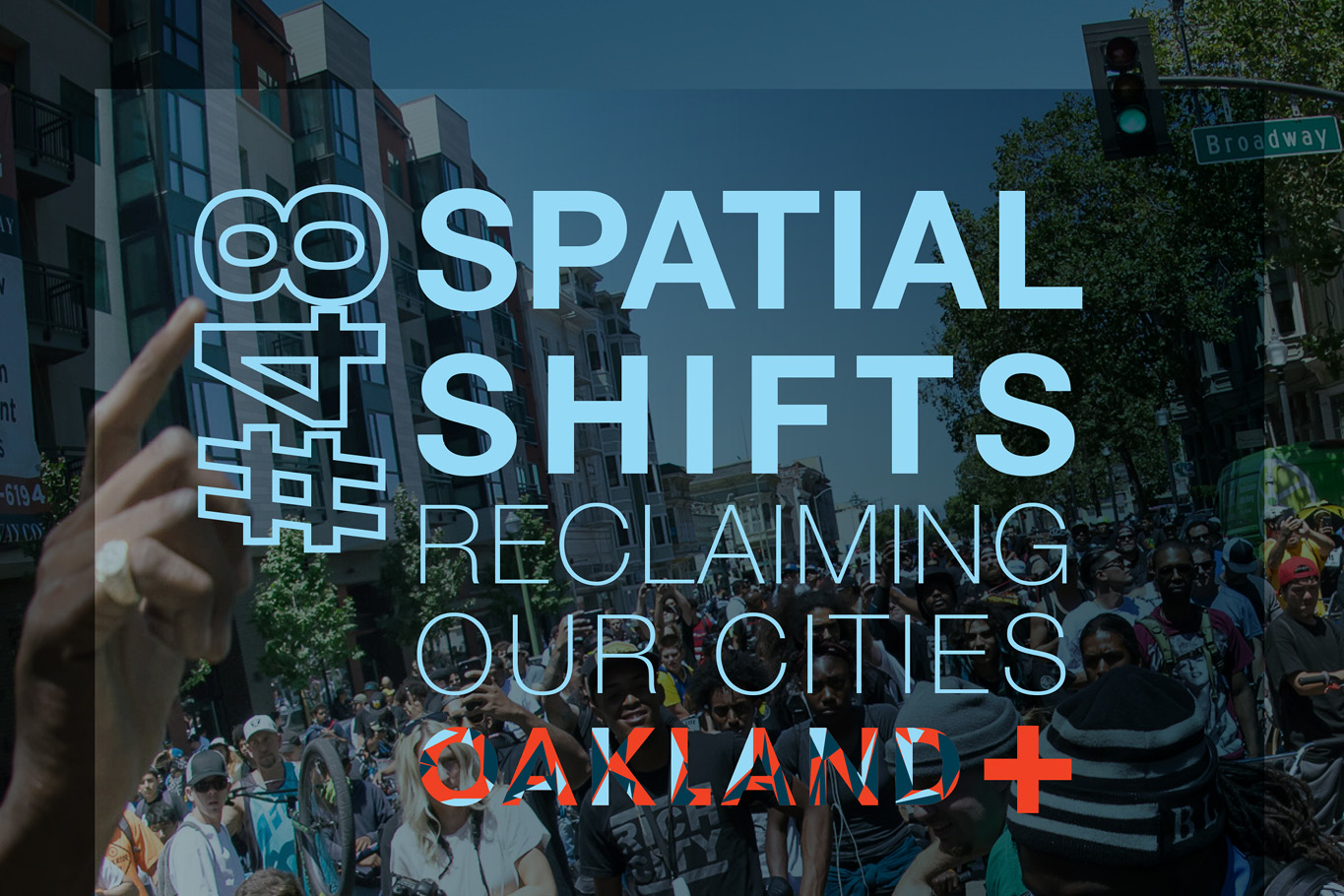This month Alyanna Subayno, Intern Architect, attended the National Organization of Minority Architects (NOMA) annual conference, October 14-18. Here’s what she shared with us about this year’s virtual conference:
This year’s event, themed “Spatial Shifts”, brought into focus some of the changes happening in our cities, from economies to growing populations to what NOMA has referred to as the dual pandemic: COVID and racial injustice. The conference, titled “Spatial Shifts”, focused on seven major discussion points:
– Belonging: Policy, Vulnerabilities, and Inequalities
– Culture: Space and Urban Structure
– Housing: Place, Space, Consumption and Production
– The Expanded Role of the Architect: Design, Development & Technology
– Climate Justice: Grounding in Green
– Professional Practice: Business, Growth & Developing Emerging Professionals
– Oakland Intersection: Make Visible Your Call to Action
– You can read more about these themes here.
Similar to past NOMA conferences I’ve attended, I’m often left with one big question. This year’s is: How can we continue to evolve architecture beyond transactional to relational where shared spaces more fully express a community?” To that end, I also ponder how we, as designers, can more deeply activate equitable systems within ourselves, within our organization, and outside the boundaries of our offices.
Here are some of my main takeaways from the conference:
1) Designing with the community is different than designing for the community.
2) Include the broader community as an active participant in our processes: it is their story we’re telling through design.
3) Cultivate youth leadership by teaching the upcoming generations about spatial activism.
4) Use history as a framework to design an equitable and culturally-sustained future.
5) Expand our duty of protecting the health, safety, and welfare of the public to include the protection of economies and cultures.
6) Americans know two states of mind: the state of urgency and the state of complacency.
7) Culture is power. Culture shapes us and we shape culture.
I share these reflections to express my immense appreciation for NOMA, which has always been a remarkable “homecoming” experience for me to connect with other architects of color whose stories and experiences resonate with my own. NOMA is also an encourager that challenges the platform we hold as designers and our abilities to drive positive change throughout our world.
Neumann Monson will continue to explore these topics in greater detail in the coming weeks. Stay tuned for future posts.
